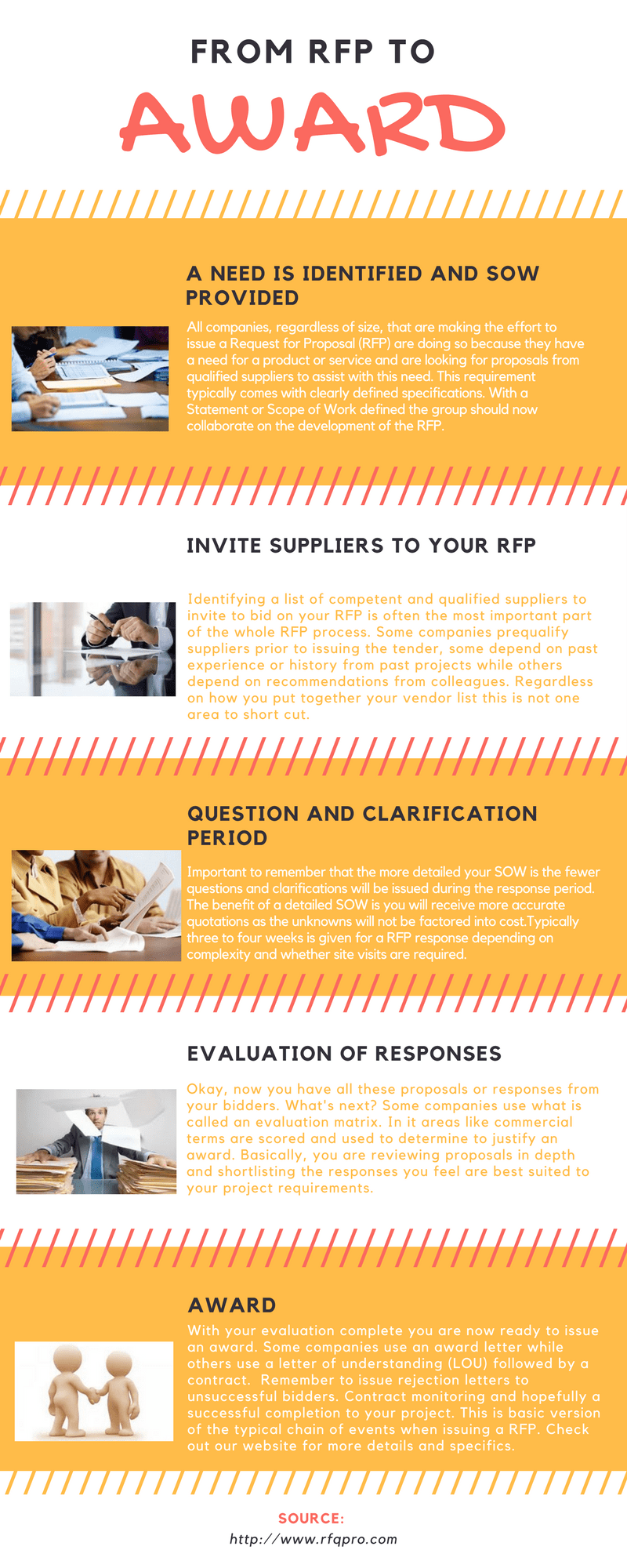How Effective are your RFP’s and the three key indicators to measure to help you improve. That is the question and unfortunately many professionals do not have this question on our radars. We often roll them out the door not truly realizing how ineffective they are or how we may be wasting time by not achieving the desired result.
Request for Proposals (RFP) have become the go to purchasing or procurement form. They are on the rise because more and more companies are using them for all their procurement needs and project work period. Whether this is the right form they should be using for the present task at hand is another blog post altogether! In this post we are going to help you produce an effective RFP by providing 3 key indicators to measure when you issue a RFP. If you follow these steps it will help you produce the desired results using the least amount of resources.
To get right to the point, you will save time, money and energy if you focus your efforts on the content you include in your RFP. Increasing and including the correct content will improve its potential for success.
What determines the correct content and effectiveness of the RFP are identified in these 3 key indicators below:
- Clarification Requests – If you are spending time responding to tons of the same questions asked by more than one of the bidders then the correct content or scope of work was unclear. So, the first key indicator which will help you determine how effective your RFP is would be the number and types of questions your supplier’s are asking during the response period. Could you have provided this information as part of the original Statement of Work or maybe some of the other deliverables were not detailed enough.
- Vendor Responses – The actual number of quality vendor responses received is the second key indicator. YES, responding to a RFP is expensive and vendors will put in the effort to provide a quality response if the deliverables are clear. A win for both parties.
- Competitive Quotations – The prices quoted by your vendors is the third and possibly the most important indicator and YES, this will be a factor. If your RFP content is clear, the quoted prices will reflect this. Removing unknowns will reduce project costs.


